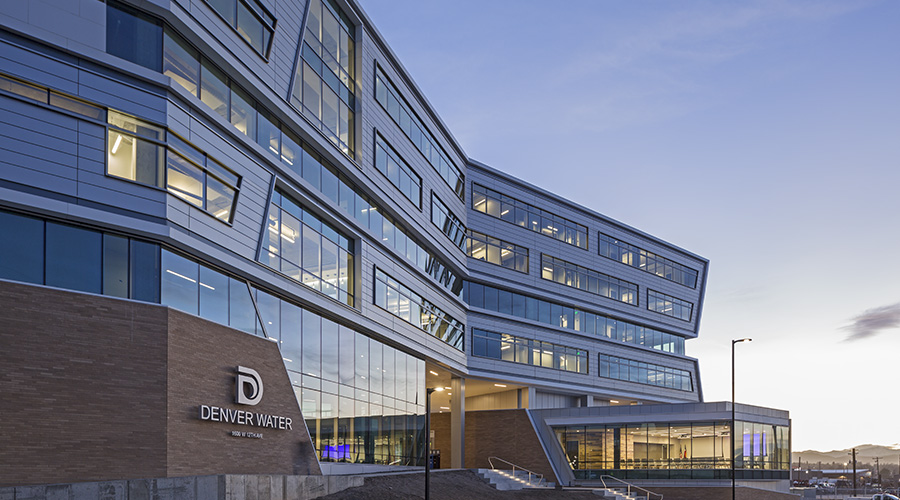How To Prepare For Smart Grid
October 13, 2010
Today's tip is about how you can best prepare your buildings for the new smart grid. But first, let's try to answer the question about what smart grid actually is: Basically, "smart grid" is a term being used to describe the massive upgrade to the nation's energy grid that will allow for two-way communications between facilities (and even devices) and the utility. The smart grid will also provide better power reliability and quality, and better efficiency in transmission. It's a long overdue project, say experts.
While many of the overarching benefits of smart grid accrue to the utilities, there are a few for facility managers as well - including the opportunity for easier, automated demand-response and demand side management programs, as well as real-time pricing.
But to best take advantage for the benefits of smart grid, facility managers should begin preparing now. The most important thing you can do, say experts, is to make sure you have in place a smart energy management system as part of a sophisticated building automation system. The first step is to plaster a building with meters, submeters and smart meters (meters with two-way communication capability) so facility managers know exactly where and what their loads are. This will best position facility managers to take advantage of shifts in electricity pricing throughout a day by shifting loads to different times - even at night in some cases.
Here's one simplified example: A smart meter can send a signal to the BAS so that a variable speed drive is slowed by 20 percent for 10 minutes. This reduces the motor's energy use by 40 percent. Once the 10 minutes are up, the VFD goes back to full speed and a different VFD is slowed. Occupants are unlikely to notice the change, and peak load is reduced. Small changes like this could add up to huge savings once facility managers become adept at looking for the many energy-saving opportunities smart grid will provide.
Next
Read next on FacilitiesNet







